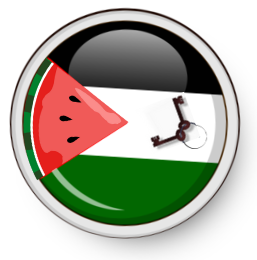
As you read the following, consider this conclusion by UN-ESCWA (2017): “This report concludes that Israel has established an apartheid regime that dominates the Palestinian people as a whole.” (emphasis added).
This conclusion is based on “four domains” investigated by UN-ESCWA experts that fragment the Palestinian people whether they live as citizens of Israel; or are living as residents in the city of Jerusalem; or those, including refugees, living since 1967 under occupation in the West Bank and Gaza Strip; or those, including refugees or exiles, living outside territory under Israel’s control.
“This report finds that, taken together, the four domains constitute one comprehensive regime developed for the purpose of ensuring the enduring domination over non-Jews in all land exclusively under Israeli control in whatever category … The report concludes that the weight of the evidence supports beyond a reasonable doubt the proposition that Israel is guilty of imposing an apartheid regime on the Palestinian people, which amounts to the commission of a crime against humanity.” (emphasis added)
As you read, think about this question: How do the conclusions of the UN-ESCWA report (2017) help you define apartheid and help you think about the apartheid framework discussed by Hijab and Gassner (2017)?
UN-ESCWA (2017, March). Israeli practices toward the Palestinian people and the question of Apartheid. Retrieved from: https://electronicintifada.net/sites/default/files/2017-03/un_apartheid_report_15_march_english_final_.pdf
Hijab, N., and Gassner, I.J. (2017, April 12). Talking Palestine: What Frame of Analysis? Which Goals and Messages? Al Shabaka. Retrieved from: https://al-shabaka.org/commentaries/talking-palestine-frame-analysis-goals-messages/
- See: Russell Tribunal on Palestine (2011). Findings of the Cape Town Session held from 5-7 November. The Russell Tribunal on Palestine. Retrieved from: http://www.russelltribunalonpalestine.com/en/sessions/south-africa.html
